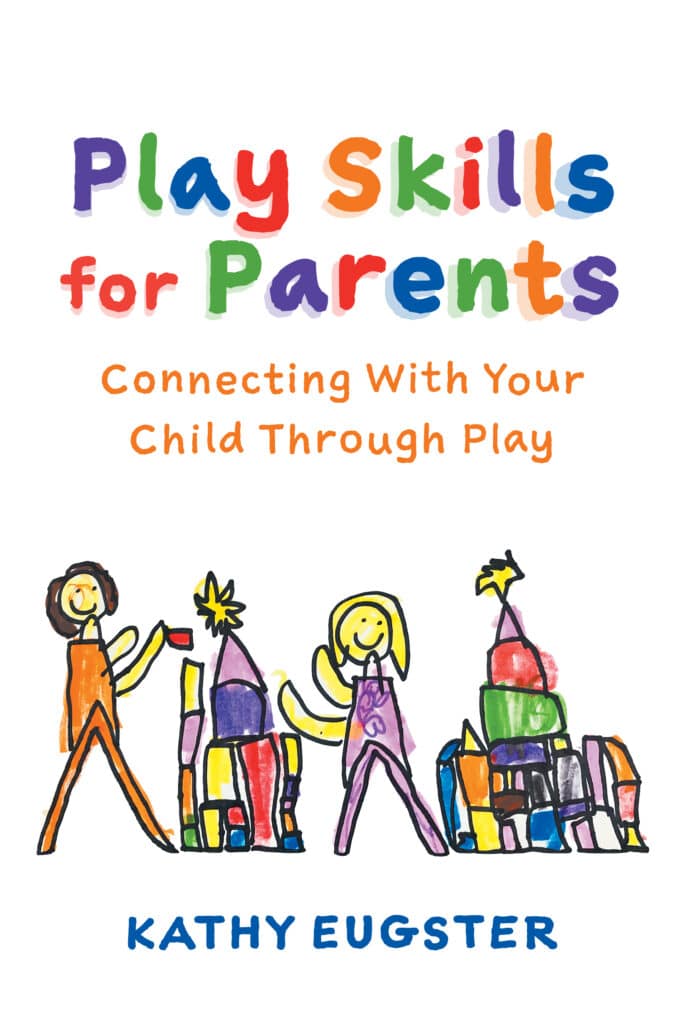Let’s begin with an acknowledgment – these are strange times. Schools have been closed since mid-March, and it seems ever more likely that they won’t fully open again until fall. What form school will take in the Autumn remains to be seen. Having your kids at home for such a long time comes with its own set of challenges and rewards. Social distancing doesn’t come naturally to most. Be easy with yourself. It’s okay if you’re struggling, if you feel like you could be doing better, or if you’re not sure what to do next. That’s why you’re reading this – all you can do is strive to be the best parent you can be.
Schools and the education system serve innumerable roles in helping children develop. They provide an opportunity to socialize, develop problem-solving skills, promote physical wellness, and sharpen all kinds of cognitive abilities. They, of course, have a number of resources that won’t be readily available to you as a parent. That said, by focusing on a number of key points, you can provide many of the benefits that schools do.
The Framework for Family Wellness
This post is going to focus on assisting you to help your child develop physically, mentally, emotionally, socially, and creatively. You can take any or all of the suggestions made here. Many parents are working from home during the pandemic, which might restrict your time and leave you unable to do all the things you want to do. Be easy with yourself.
Routine is, perhaps, the most integral part of this framework. There are a number of mental health benefits to developing a routine. During times of uncertainty, routines can be grounding. You may have found that your parent-child routines have fallen a bit by the wayside as the months have passed. That’s okay – you can work to slowly re-establish a schedule. Start with easy things, like when your children should wake up in the morning, and by setting consistent meal times.
Finally, the suggestions herein are just that – suggestions. Take what serves you and leave what doesn’t. Your own family rituals and preferences can be an important part of an ad hoc educational curriculum, and your own customs can play a role in teaching your child about their culture and heritage.
1) Physical Activity
Whether through gym class or recess, schools promote active children. Here are a few suggestions to keep your kids active while they stay and play at home:
- As long as you’re not self-isolating, engage in physical activity with your kids. This can be as simple as an improvised game of soccer in a backyard or parking lot.
- Indoor activities might include a dance party or family yoga. Families looking for a bit more of a workout might try bodyweight exercises.
- Make sure to engage in some form of physical activity every day. Chores can help with this (we’ll look at them in a bit).
2) Mental Activity
Many teachers and schools are providing course materials to parents who want to continue their child’s education at home. You can teach parts (or all) of the remaining curriculum to your kids. This may also be a good time to help your children develop self-directed learning skills.
- Ask them to choose something they’re passionate about, then set aside a few hours a day for them to learn about it. Have discussions about what they’ve learned.
- Encourage your child to do a research project and present it to the family – this is especially useful for older children and teenagers.
- Books are a soothing balm for troubled times – what’s more, they stimulate the brain in ways online reading cannot. Read to your children or with your children often.
- Boardgame night is a tradition many families share. Opt for deep strategy games like Settlers of Catan in order to stimulate all kinds of outside the box thinking and planning.
3) Productivity and Communal Thinking
- You may find there’s a lot more mess around your house when the whole family needs to isolate together. Encourage your kids to do chores; have them start in their space by learning to clean their own rooms. Once they have that down, chore wheels or a chore schedule can be beneficial. Always have someone available to help your kids (a parent or older sibling) when they do a chore the first few times.
- This is an excellent time to work on home improvement. These hands-on skills are practical to learn, so have your children help you with some at-home projects, be they painting, woodworking, or something else entirely.
- Volunteer with your kids. Highlight for them the importance of playing an active role in lifting up your community when times are tough. Kids learn about community first through the home (family is a kind of community), then through your actions. Set a good precedent.
4) Socialization
Spending time with each other is the safest way to socialize right now, as long as none of your family is in self-isolation. While it’s soon to be allowed to spend time with a small group (up to 6), the best advice is to stay home. There’s evidence that phone and video calls are better for social health than text messaging.
- Encourage your kids to call their friends and family, and to set aside a few hours a day to socialize.
- Playing games online is a great way to socialize while remaining physically distant – just be sure to limit screen time!
5) Creativity
This is the perfect time for your kids to pick up a new hobby. There’s a practically uncountable number of different arts and crafts they can pick up online, many of which require little more than paper, crayons, glue, scissors, and other household craft supplies. In addition, they can begin:
- Writing stories, poems, or almost anything else that can be creatively stimulating. Engage in joint writing sessions; if a child is too young to write, ask an older child to scribe for them (or scribe for them yourself).
- Have musical instruments in the house? Encourage your kids to pick them up and learn new songs. With enough musical instruments, you can even form a family band. With music, you can always improvise – pots and pans can form a rhythm section, and anyone can sing.
- Get artistic! Have family paint nights or drawing sessions.
- Get inspired by listening to new music, watching how-tos, touring virtual art galleries, and appreciating the power of the human spirit.
Don’t judge. Creativity is about self-expression, so focus on the process rather than the result.
6) Emotional Well-Being
Spend time reflecting on what you’re grateful for.
- Keep a gratitude journal. You can discuss what you’re grateful for around the dinner table.
- Acknowledge that this may be a difficult time. Be open to talking about your child’s fears, anxieties, sadness, or other emotions. Don’t be afraid to share your own in a child-appropriate way.
- Consider mindfulness practice. A few conscious, slow, deep breaths as a family is a good start. There are many mindfulness resources on the Internet.
KIDTHINK is a mental health treatment centre and outreach program that focuses on improving mental health and well-being for children aged 12 and under in Manitoba. KIDTHINK provides a model of care that includes psychologists, psychiatrists, and other professionals to create a truly multidisciplinary team that works together to give children and their families the highest standard of care.













